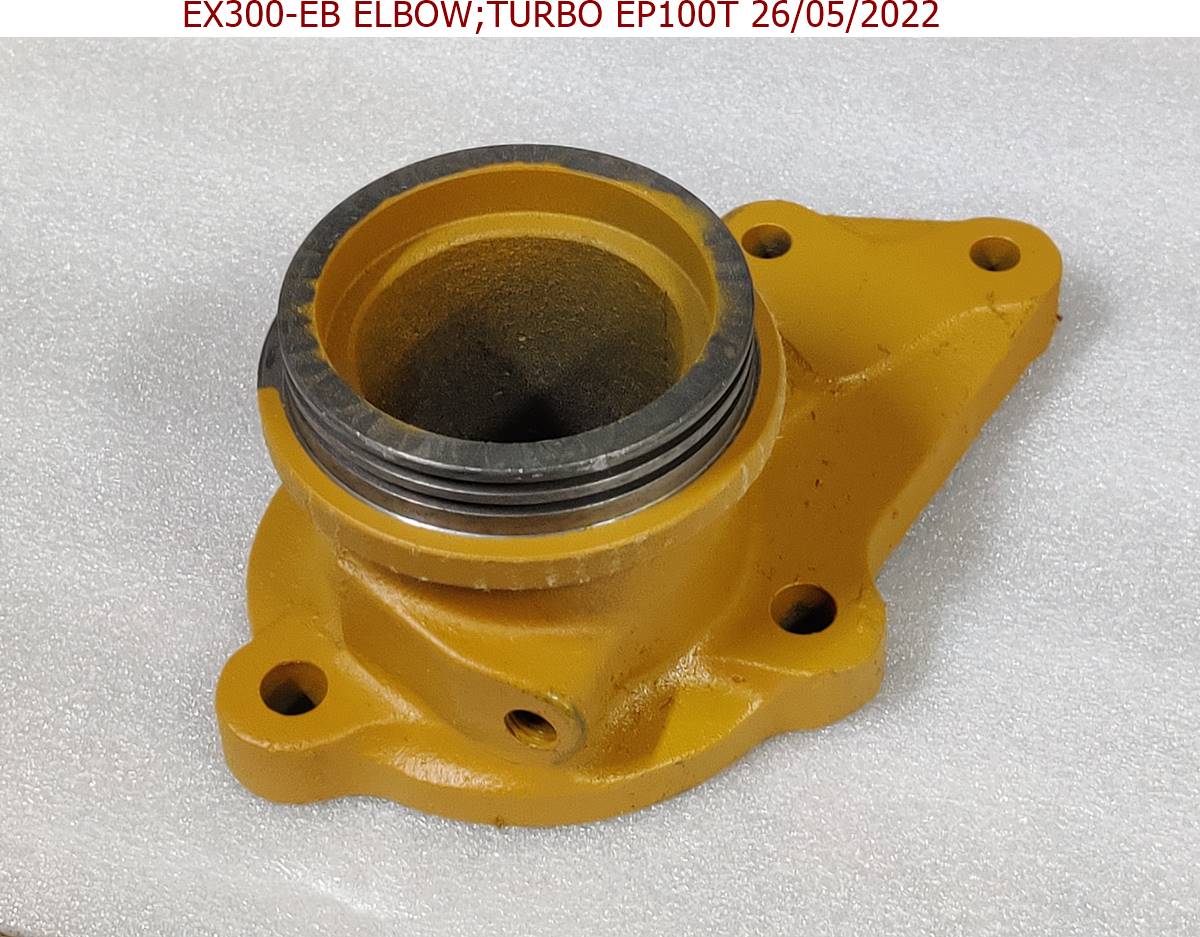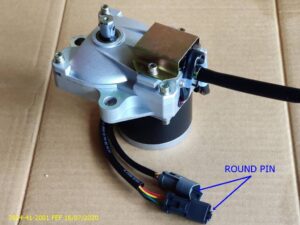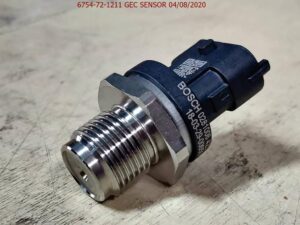The turbo elbow is a key component in the exhaust system of an engine, particularly in turbocharged engines. It connects the turbocharger to the exhaust pipe, and its functions are critical for engine performance. Here are five functions of a turbo elbow:
- Directs Exhaust Gases: The turbo elbow helps guide the exhaust gases from the turbocharger to the rest of the exhaust system. This is essential for controlling the flow and directing exhaust gases toward the catalytic converter and muffler.
- Supports Turbocharger Efficiency: By properly routing exhaust gases to the turbocharger, the turbo elbow aids in maintaining the optimal flow and pressure needed for the turbo to spin effectively, thus improving engine power output and efficiency.
- Prevents Turbo Lag: The design and function of the turbo elbow help minimize exhaust flow restrictions, which can reduce turbo lag — the delay in power delivery when the throttle is applied. A smooth flow through the elbow helps maintain turbocharger responsiveness.
- Thermal Insulation: In some designs, the turbo elbow can help contain or reduce heat transfer from the exhaust gases to other engine components, protecting them from excessive heat and improving the overall longevity and performance of the engine.
- Minimizes Vibration and Noise: The turbo elbow can help reduce vibrations caused by the high-speed exhaust flow and prevent excessive noise by ensuring a smooth transition of exhaust gases through the system.
In essence, the turbo elbow plays a vital role in exhaust gas management, turbocharger performance, and overall engine efficiency.




